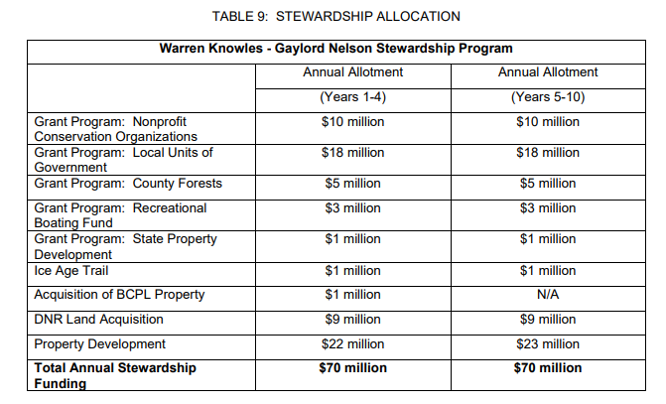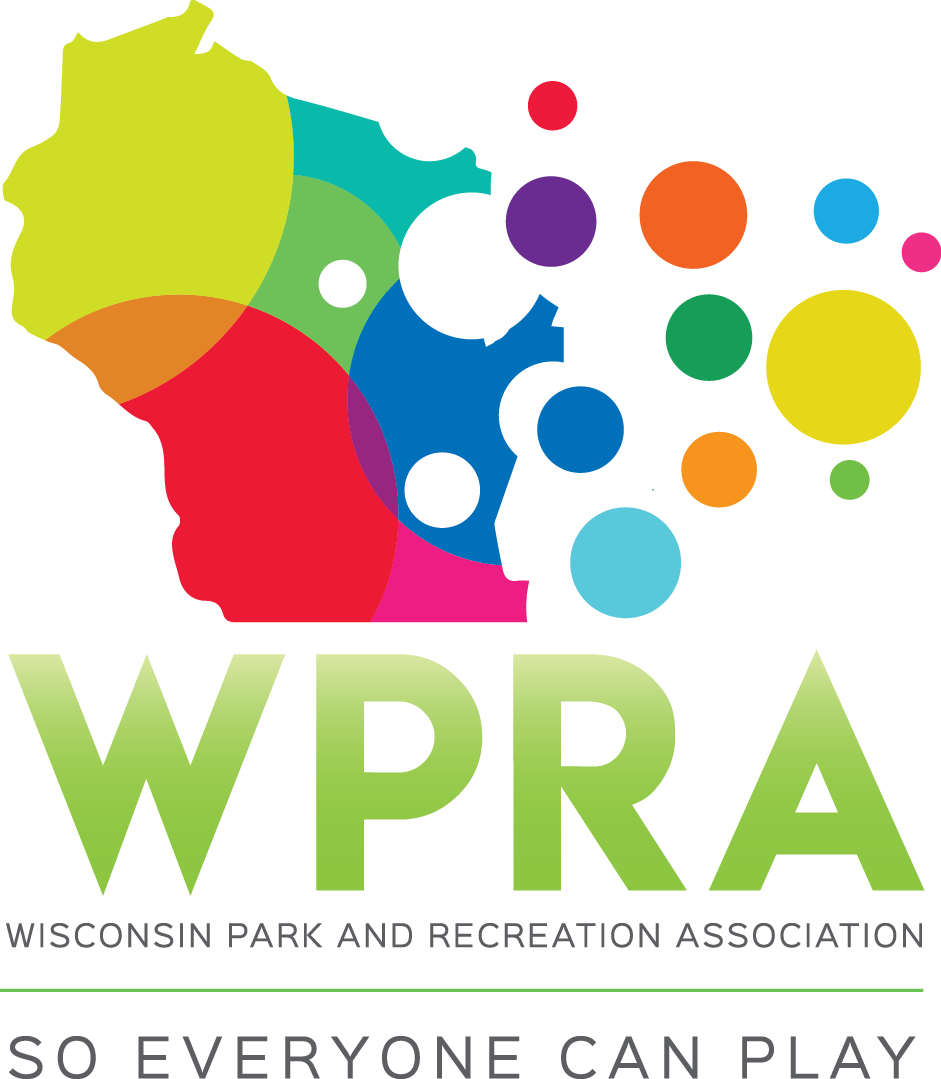February 2021 Legislative Update
And just like that the 2021-23 state budget process is officially underway!
On Tuesday, February 16, Governor Tony Evers gave his second biennial budget address and released his 2021-23 executive budget. All told, the governor proposes an operating budget of $45.4 billion in fiscal year (FY) 2021-22 and $45.6 billion in FY 2022-23. The complete budget, budget in brief, and other executive budget documents are available here.
Gov. Evers’ budget recommendations will be reviewed by the Legislature’s Joint Committee on Finance over the next few months. Based on past budgets, we expect the following to happen:
- The Legislative Fiscal Bureau will release a plain-language summary of the budget recommendations in about a month, that is, by the middle of March.
- The Joint Committee on Finance will then hold agency briefings and conduct public hearings on the budget recommendations.
- The co-chairs of the Joint Committee on Finance will work with the Legislative Fiscal Bureau to identify non-fiscal policy items and to slate them for removal from the budget bill, which should occur roughly by the middle of April.
- The Joint Committee on Finance will then begin to vote – agency by agency – on changes to the budget.
- In June, the full budget should be available for debate and passage by both houses of the Legislature.
WPRA’s focus leading up to the governor’s budget release was for increased funding under the Stewardship program and reauthorization. WPRA’s advocacy efforts were successful! The governor reauthorizes the Knowles-Nelson Stewardship Program for 10 years at $70 million per year and provides $700 million in bonding authority. The LUG subprogram is funded at $18 million annual and the recreational boating fund at $3 million annually.
Here’s the proposed subprogram breakdown:

In addition to recommending an increase and reauthorization for the Stewardship program, the governor’s budget bill proposes numerous changes to the Stewardship Program – here are some key ones to note (as described in the bill’s summary provisions):
- Increases the project dollar threshold to $500,000 from $250,000 for Joint Finance Committee written approval.
- Eliminates the requirement that DNR obtain written approval for obligating stewardship moneys for any land acquisition located north of STH 64.
- Adds property development to the activities for which stewardship moneys may be obligated under the county forest grant program.
- Requires DNR to set aside $1,000,000 in each fiscal year for grants to NCOs and friends groups for property development projects on DNR properties, with a limit of $80,000 in grants per DNR property in each fiscal year
- Eliminates all-terrain vehicle (ATV), utility terrain vehicle (UTV), and snowmobile projects as one of the purposes under the property development and local assistance subprogram.
- Requires that if for fiscal years 2022-23, 2024-25, 2026-27, 2028-29, and 2030-31 DNR does not obligate the full amount it is authorized to obligate under the land acquisition, property development and local assistance, and recreational boating aids subprograms, DNR may obligate the unobligated amount in the next fiscal year for the purpose for which it was authorized.
- Then, if for fiscal years 2023-24, 2025-26, 2027-28, 2029-30, and 2031-32 DNR does not obligate the full amount it is authorized to obligate under those subprograms, plus any unobligated amount from the prior fiscal year, DNR may obligate those unobligated amounts in any fiscal year through 2031-32, but only for property development of DNR lands or on conservation easements adjacent to DNR lands.
- Requires that if DNR does not obligate the full amount it is authorized to obligate for grants to NCOs for any of the fiscal years 2022-23, 2024-25, 2026-27, 2028-29, and 2030-31, it may obligate the unobligated amount in the next fiscal year but only for local assistance grants.
- If any of that unobligated amount remains after that second year, DNR may obligate it in any fiscal year through 2031-32, but only for property development of DNR lands or on conservation easements adjacent to DNR lands.
- Eliminates a limitation under current law that prohibits more than one-third of the amount set aside for DNR's acquisition of land from being obligated to acquire land in fee simple.
- Eliminates a requirement under current law that DNR provide a written directory of all stewardship land that is open for public access.
The challenge now is for WPRA to work with our coalition partners to ensure the legislature approves the program reauthorization and enhanced funding for LUG. In the meantime, the WPRA Public Policy Committee will be examining these proposed policy changes, strategizing for direct WPRA member legislative outreach, and building tools to demonstrate the value of LUG.
The WPRA PPC will also review other items in the proposed budget of potential interest.
Much more to come!
Click here to view the WPRA Tracking Report.
|


